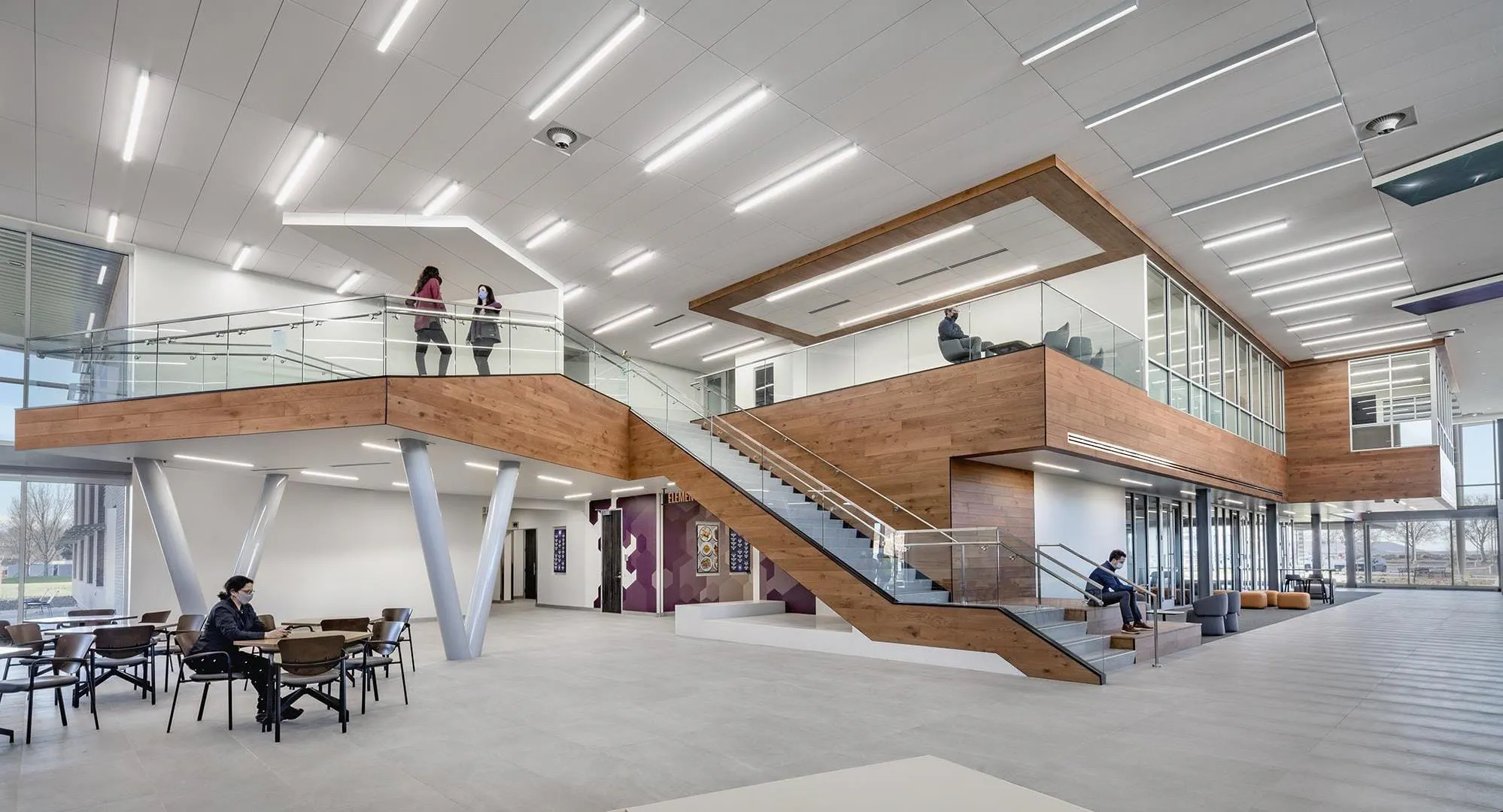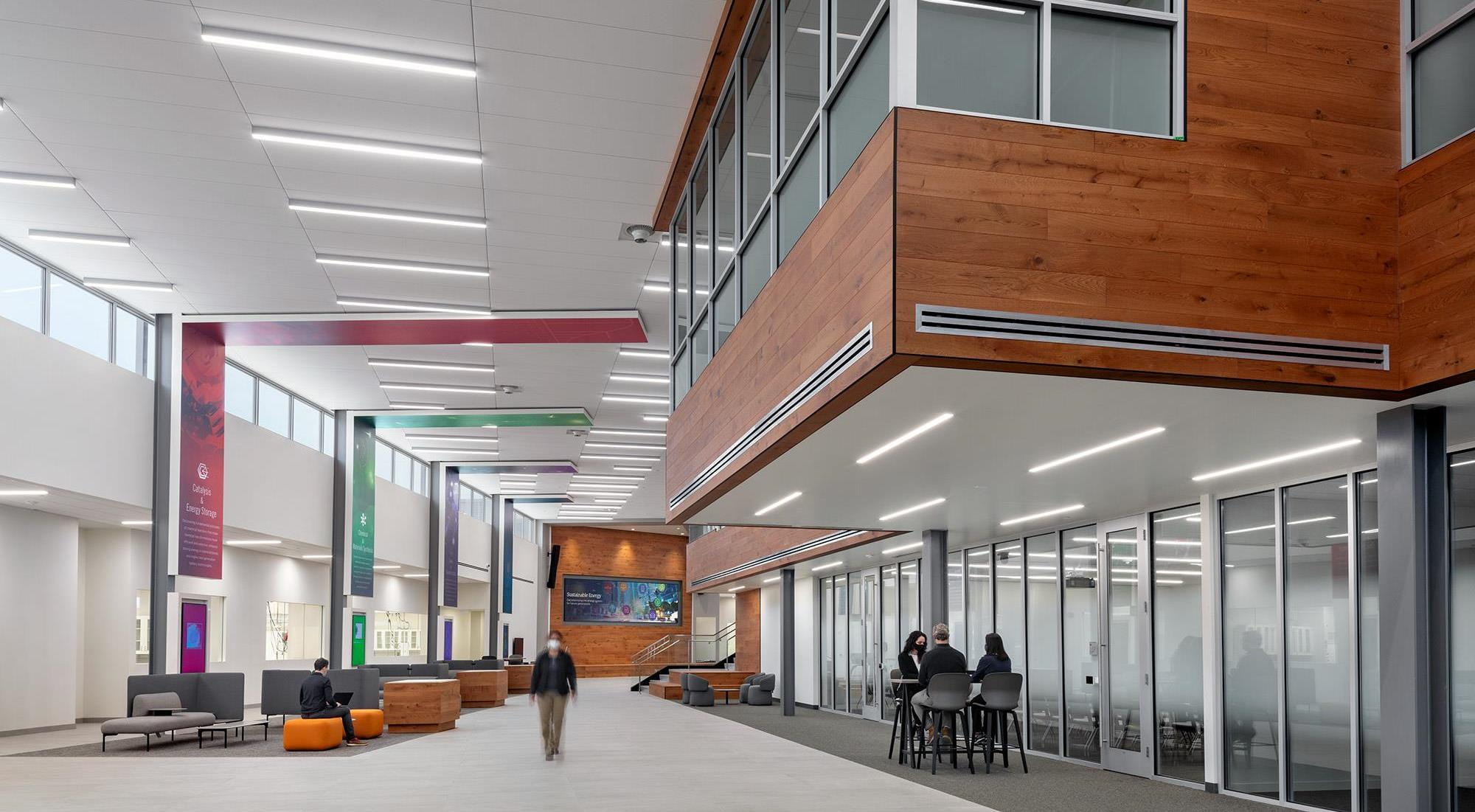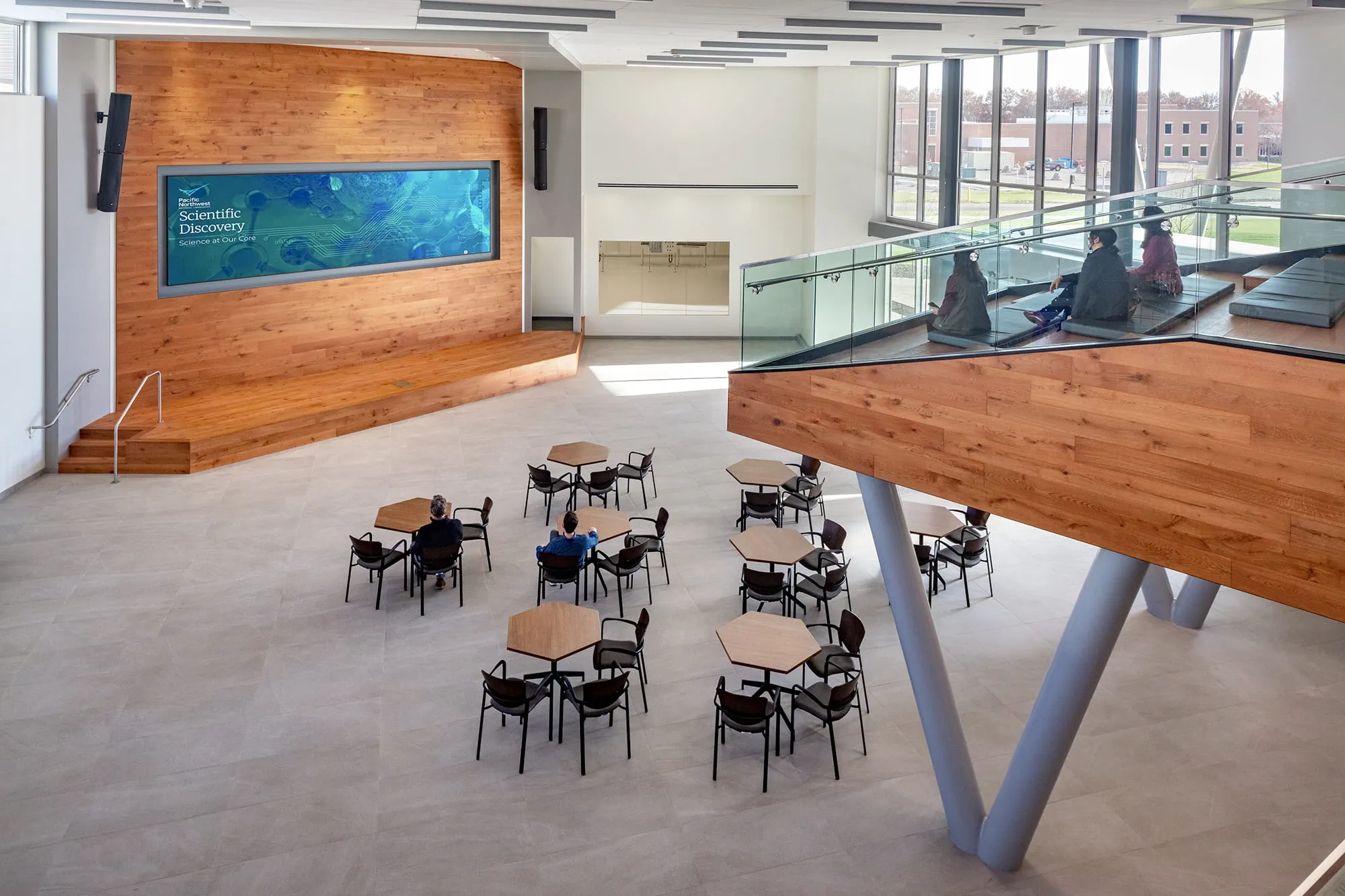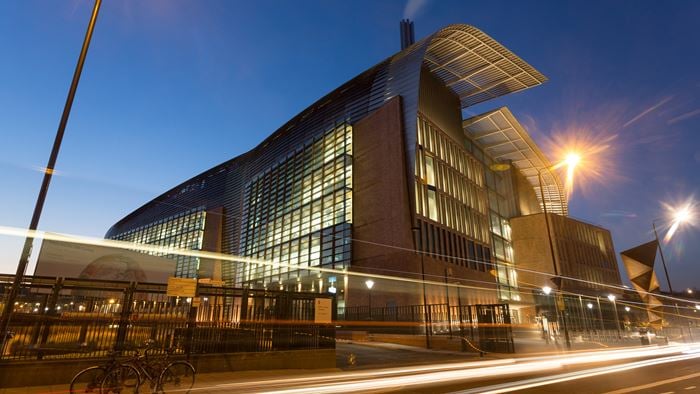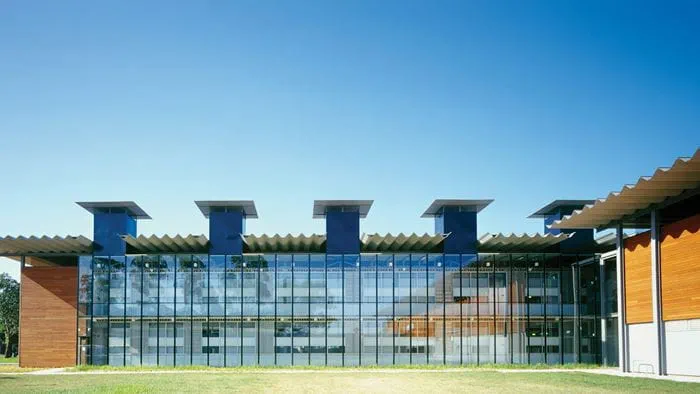As a United States Department of Energy national lab, the Pacific Northwest National Laboratory (PNNL) in Richland, Washington, is a renowned research institution. Partnering with several local universities, PNNL’s scientists use their chemistry, earth sciences, and data analytics expertise to tackle our most pressing energy problems.
In order to best conduct high-level research in catalysis and material application science, PNNL built a new Energy Sciences Center (ESC). Now open, the ESC focuses on the chemical processes, materials, and technologies at play in energy consumption, and serves as a signature lab on their main campus.
Working with Kirksey Architecture and Harvey-Cleary Builders, Arup provided structural, mechanical, electrical, plumbing, and fire engineering services for the new facility.
Deliberate design and delivery
From the outset, PNNL had very specific, well-considered ideas for how the facility should be designed, built, and delivered. PNNL opted for a design-build approach so that the contractors and engineers could work as a unit to design a space specifically tailored to the lab’s vision of flexibility and efficiency.
Project Summary
138,000gsf facility
52lab modules
2022Opening
PNNL tapped frequent collaborator Harvey-Cleary Builders, in tandem with Kirksey and Arup, to design a modular laboratory building capable of addressing specific research topics. Four high-performing imaging labs use extremely sensitive electron microscopes to examine materials at the molecular level. In addition, a nuclear magnetic resonance spectroscopy suite utilizes powerful magnets to scan the local magnetic fields of material samples. The equipment necessary for these specialty laboratories and equipment mandated stringent environmental and vibration design requirements.
“The goal-setting and collaboration process between PNNL and the design-build team has been focused from the beginning on the challenges of energy efficiency, modularity, and infrastructure resilience to meet the current and future science mission for the ESC. The level of technical expertise among all parties and willingness to explore options as a team to arrive at best-value solutions set the project on its path for success. ”
Joshua Yacknowitz Principal
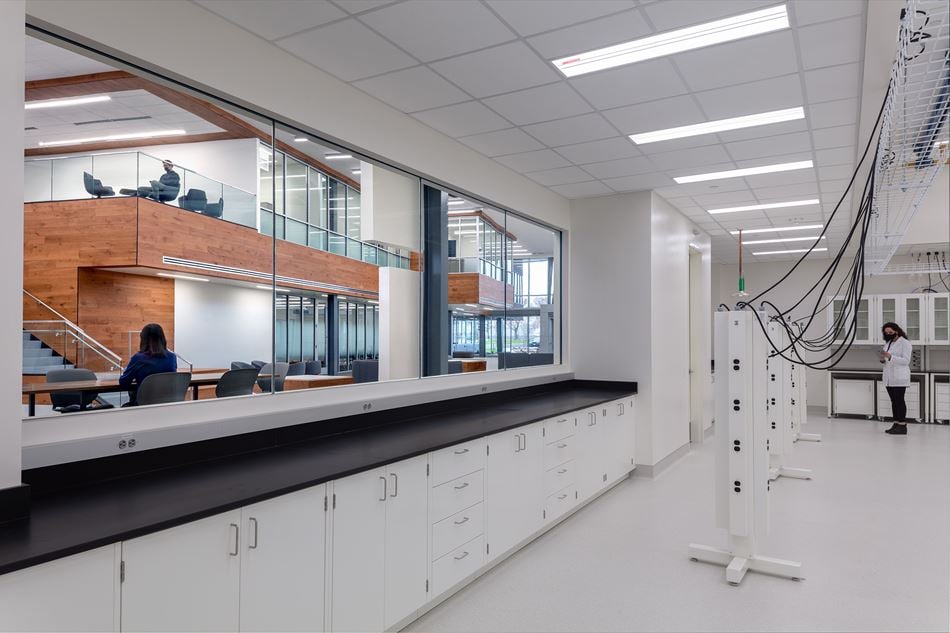
Modularity and future flexibility
PNNL was keen to build in as much flexibility and redundancy into the ESC as possible. The design team therefore configured the main building infrastructure with future uses in mind. The front of the facility is an office block with a two-storied lobby — something seen more frequently in a corporate space. Behind it is a large laboratory block with more than 50 lab modules.
An interstitial utility corridor brings the services that feed the lab into a more easily accessible area. Typically, this mechanical infrastructure is in the ceiling, which would require maintenance staff to access the sometimes-hazardous lab area. The horizontal corridor within the building minimizes the distribution of systems throughout the lab while reducing disruptions to the space.
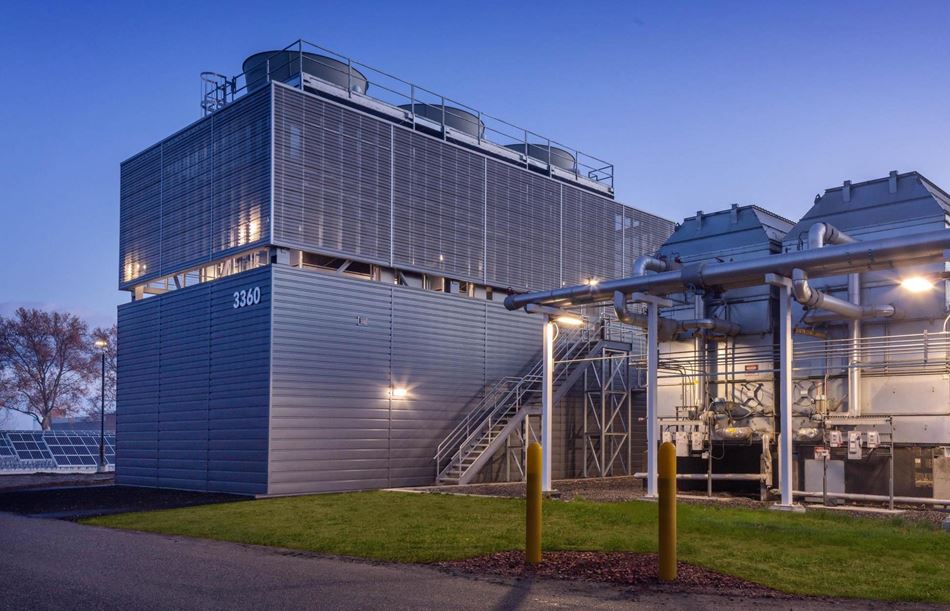
Waste-heat recovery
National laboratories like PNNL must also meet the Department of Energy’s sustainable building standards. To help meet these requirements and take advantage of the waste-heat generated by adjacent high-performance computing facilities, PNNL and the design-build team developed a heat transfer building. The building takes waste heat from the computing operations, and through the heat transfer building, passes along the heat to other buildings on campus, including the ESC. This has laid the groundwork for a future heat-sharing network that can be part of the broader campus infrastructure.
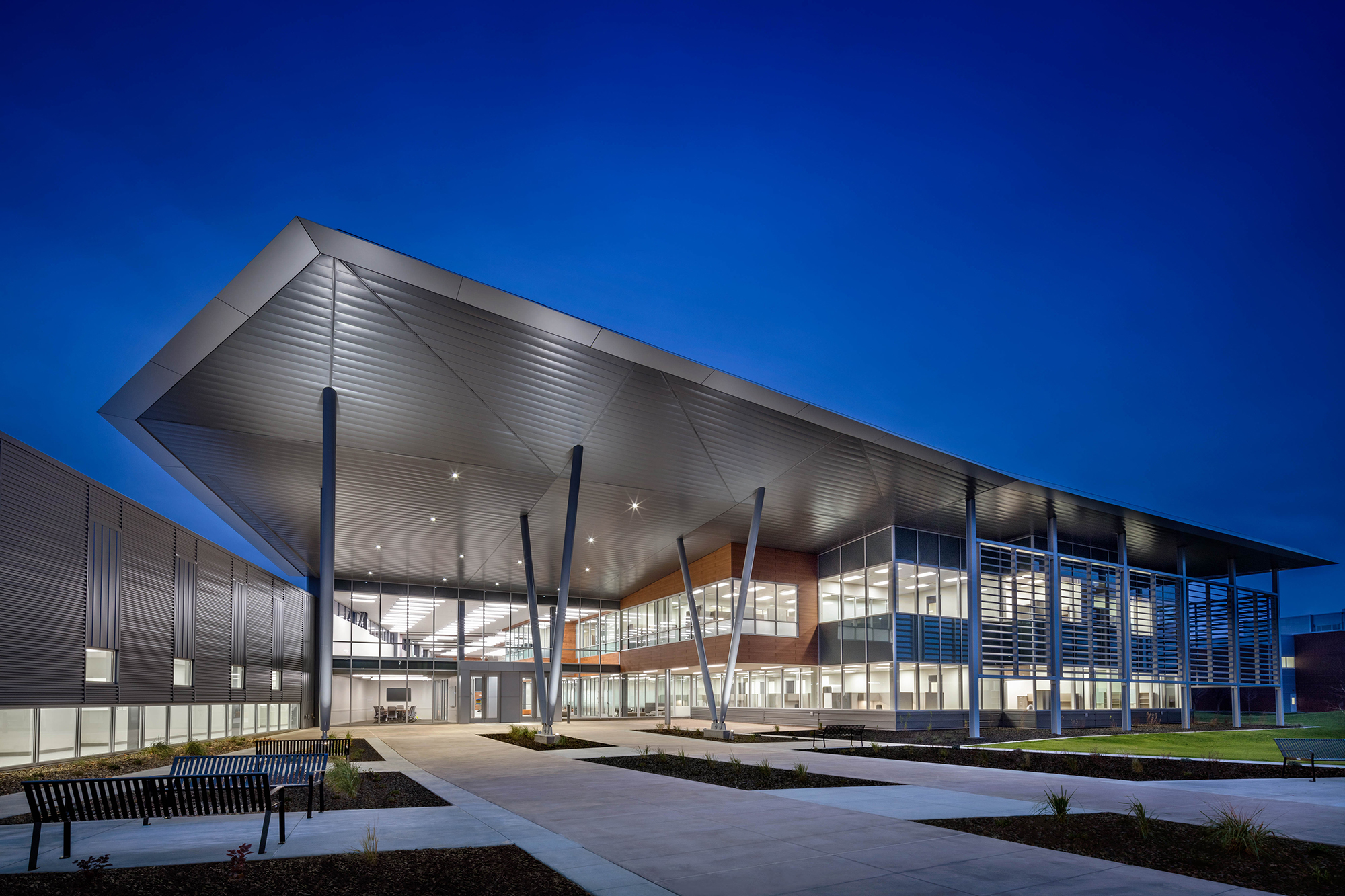
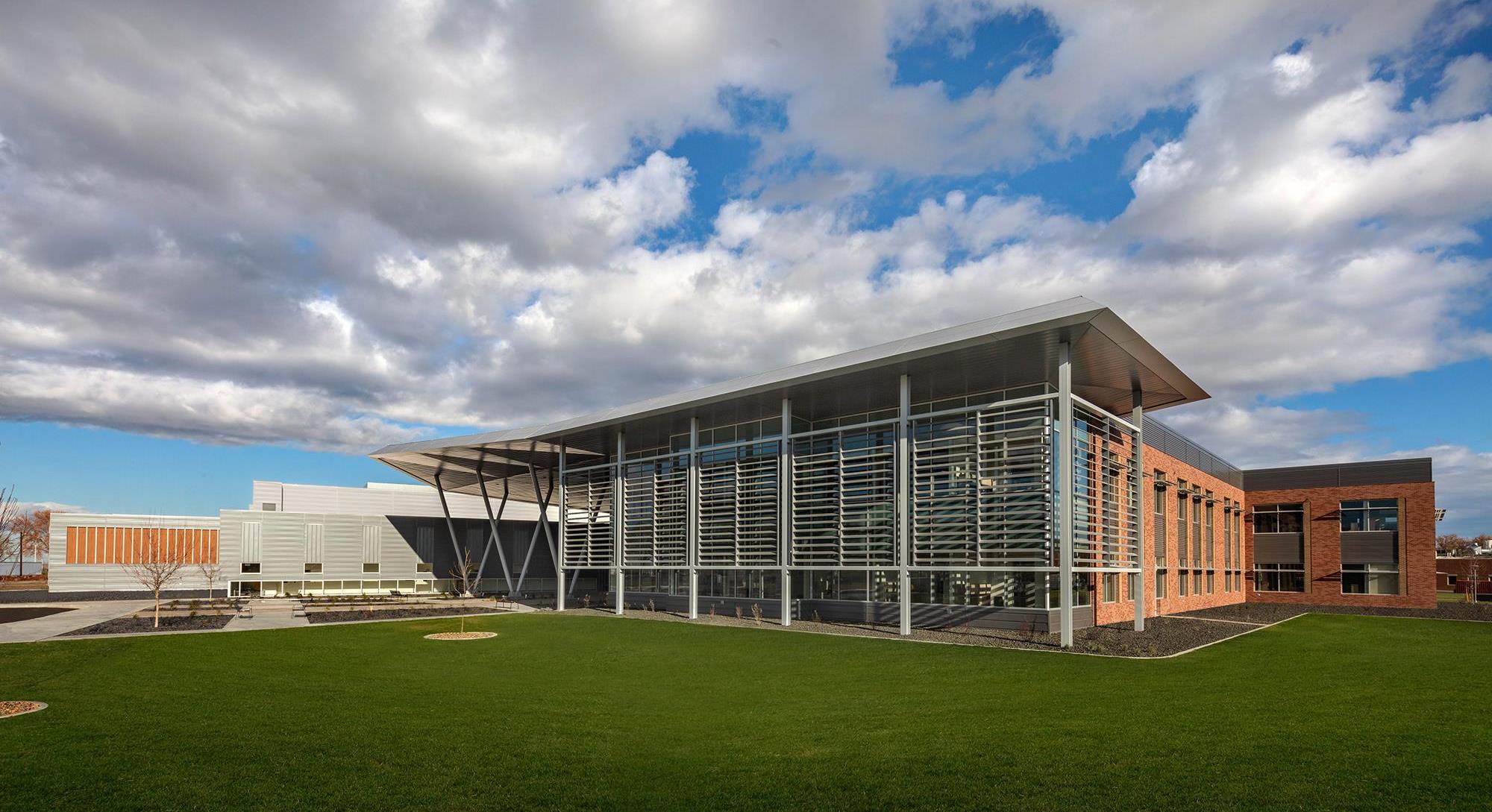 ;
;

